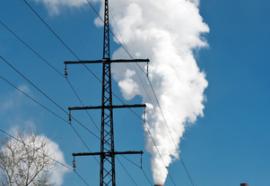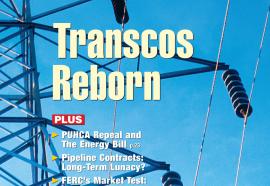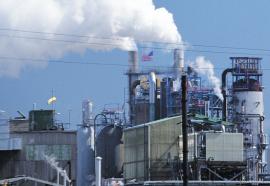Baghouse Bottleneck
EPA, mercury and electric reliability.
The energy industry has known for decades that federal regulators eventually would set rules under the Clean Air Act to govern emissions of mercury and other air toxics from coal-fired power plants. However, with the U.S. Environmental Protection Agency now having issued a final mercury rule, along with guidelines for possible extensions of the compliance deadline, utilities and power plant owners finally have a clear idea what they are up against. And the outlook isn't pretty. The challenge is to retrofit many hundreds of generating plants across the country--and all on the same three-year compliance schedule. Yet two wildcards remain in play: what deference the EPA will give to electric reliability needs, as it "consults" with the Federal Energy Regulatory Commission (FERC) and the North American Electric Reliability Council; and how effective FERC Chairman Jon Wellinghoff will be as Republican leadership in Congress works to derail the new rules.










